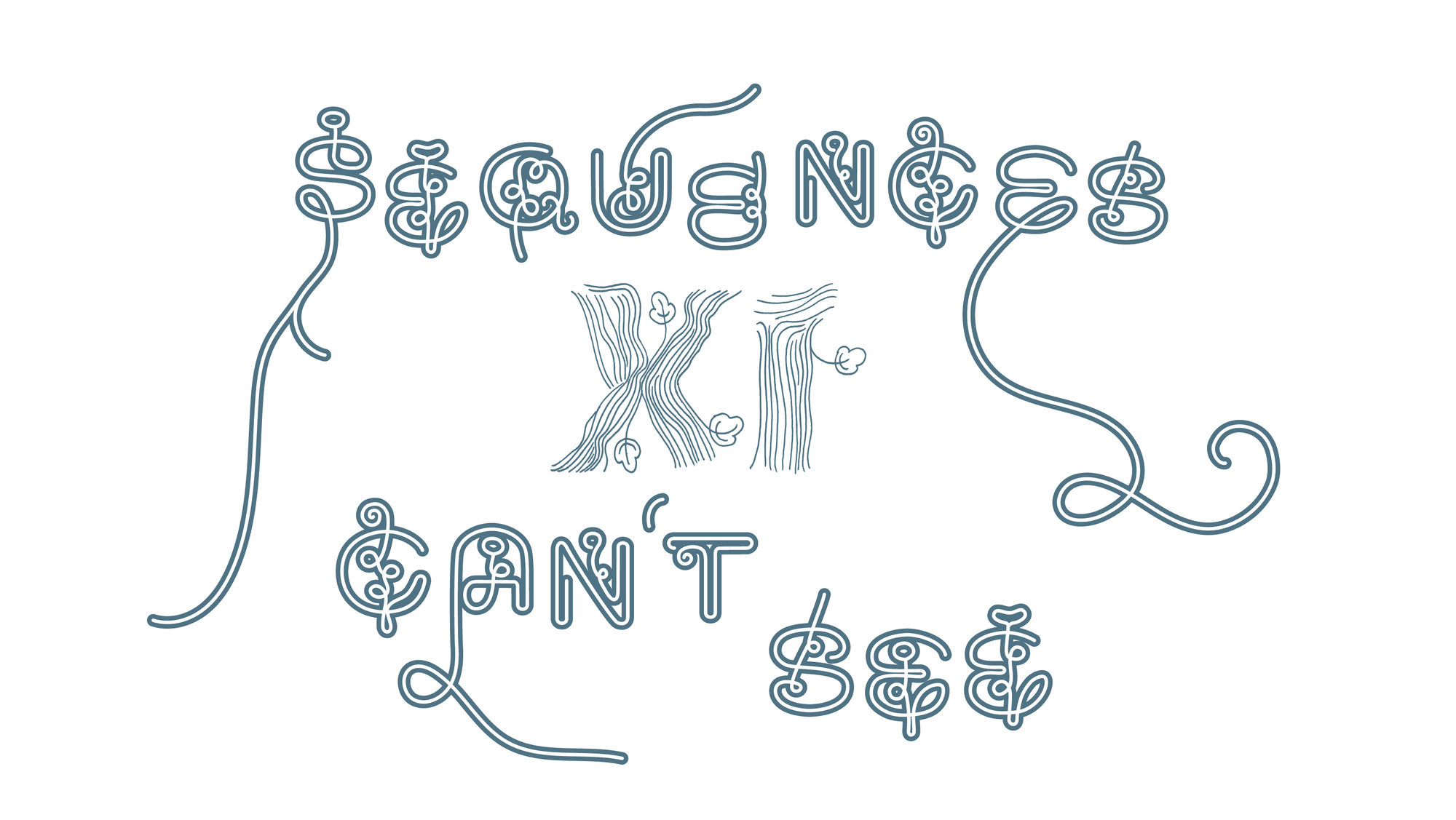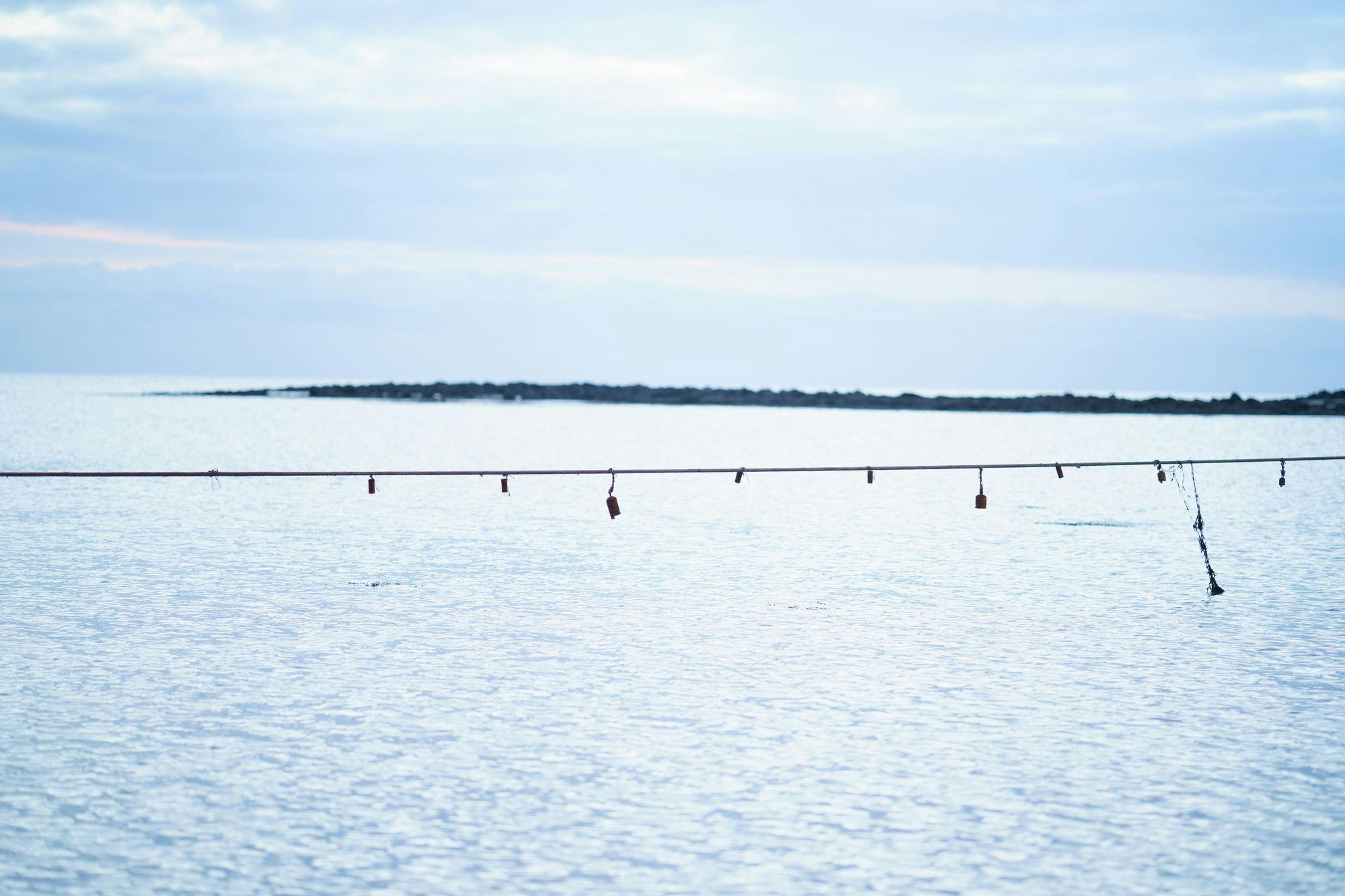On Friday 13 October, Sequences Art Biennial opens its 11th edition ‘Can’t See’, which will run until 22 October in Reykjavik, Iceland. Curated by Marika Agu, Maria Arusoo, Kaarin Kivirähk, and Sten Ojavee from the Estonian Centre of Contemporary Art, ‘Can’t See’ features over 50 of the most exciting emerging and established artists from the Nordic and Baltic regions, interwoven with visionary international artists.
‘Can’t See’ was inspired by the feeling that the world is slipping through our fingers, as we fail to perceive the threat of ecological destruction, just as we cannot see the potential new paths and life forms that might emerge in the future. The Biennial features a central exhibition, that is divided into four chapters across four renowned local institutions and extends into the city, with public artworks, dynamic performances and public events, shining a light on Reykjavik’s rich cultural scene.
Curated by Marika Agu, Maria Arusoo, Kaarin Kivirähk and Sten Ojavee, a curatorial collective from the Estonian Centre for Contemporary Art (CCA), Sequences XI will feature a central exhibition, displayed across four local institutions (The Nordic House, The Living Art Museum, National Gallery, Kling & Bang) and a wider programme of installations, performances, workshops, concerts and more, taking place across the city. Aiming to bring people together during Iceland’s darkest time of the year, the exhibition will run beyond the ten-day period, enabling more visitors to experience the artists’ work.
The artist selection reflects the curators’ interest in fostering new and deeper connections between the Baltic and Icelandic artistic communities, spotlighting unique, decentralised narratives from these geographical and cultural borders. With over 45 participants confirmed, the biennial will present new commissions and site-specific installations, alongside artists’ existing works and for the first time, loans from Icelandic and Baltic museums.
The curators say: ‘‘Coming from Estonia and working in Iceland with this diverse group of artists has been an exciting and thought-provoking process, exploring how their ideas matched with our own. It has also been equally thrilling to spotlight existing, sometimes rarely exhibited works from artists and museum collections, which are so valued and loved by locals. It has been a privilege to be an advocate for smaller, sometimes yet to be heard narratives.’



-icelandic-pavilion-2000x2667.jpg&w=2048&q=80)

